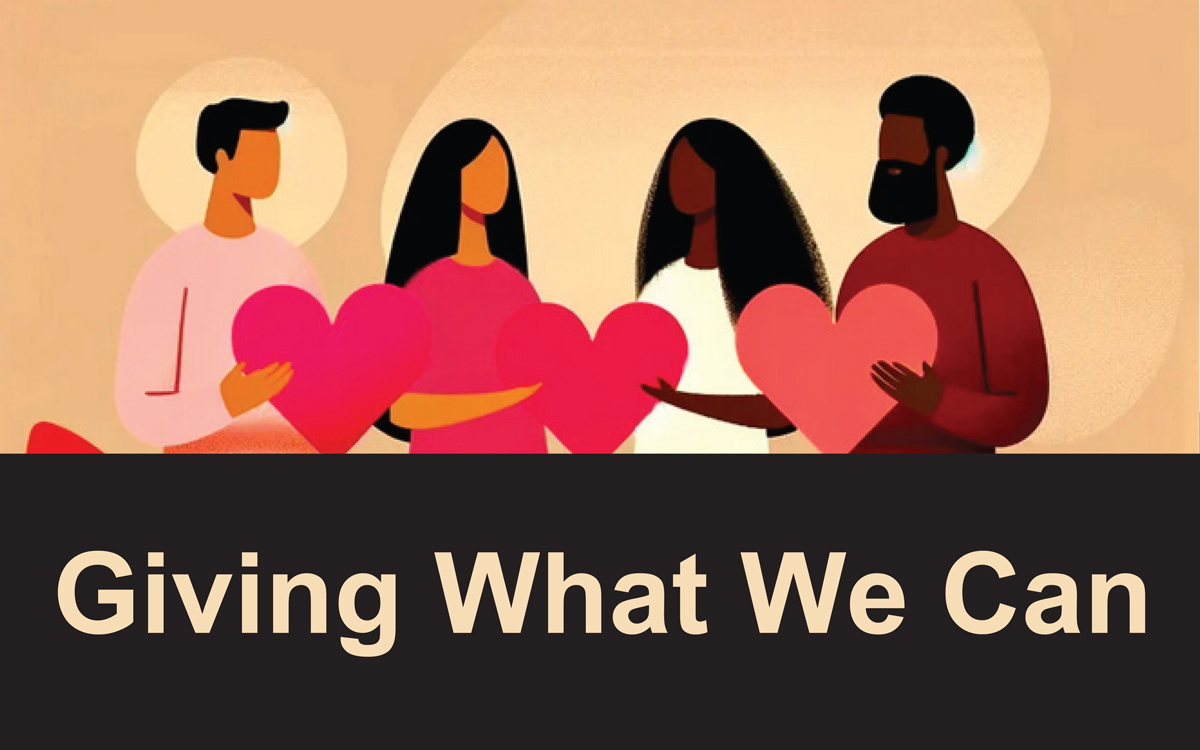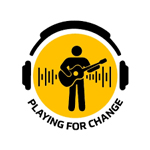
A blog (a truncation of "weblog") is an informational website consisting of discrete, often informal diary-style text entries (posts). Posts are typically displayed in reverse chronological order so that the most recent post appears first, at the top of the web page. Until 2009, blogs were often the work of a single individual, occasionally of a small group, and often covered a single subject or topic. In the 2010s, "multi-author blogs" (MABs) emerged, featuring the writing of multiple authors and sometimes professionally edited. MABs from newspapers, other media outlets, universities, think tanks, advocacy groups, and similar institutions account for an increasing quantity of blog traffic. The rise of Twitter and other "microblogging" systems helps integrate MABs and single-author blogs into the news media. Blog can also be used as a verb, meaning to maintain or add content to a blog.
'Blog' and 'blogging' are now loosely used for content creation and sharing on social media, especially when the content is long-form and one creates and shares content on regular basis. So, one could be maintaining a blog on Facebook or blogging on Instagram. A 2022 estimate suggested that there were over 600 million public blogs out of more than 1.9 billion websites.
-
FEBRUARY 29

How Rich Are You?
Click on the button below to find out how rich you are compared to the rest of the world - are you on the global rich list?
from their website…
Giving What We Can is a nonprofit with the mission of making giving effectively and significantly a cultural norm. Part of that is promoting a culture of transparency. On this page, we outline our history, how we’re funded, and any potential conflicts of interest. Giving What We Can was founded in 2009 by Toby Ord (a philosopher at the University of Oxford), his wife Bernadette Young (a physician in training at the time), and William MacAskill (another philosopher at the University of Oxford). Today, our team is managed by an Executive Director (Luke Freeman) who is overseen by the Trustees of Effective Ventures Foundation
As of November 2023, everyone in our team has signed the Giving What We Can Pledge to give 10% of their income to effective charities throughout their lifetime. While this isn’t a requirement to join the team, it reflects our commitment to our
mission. Giving What We Can is funded through a combination of direct donations from members and other individuals, as well as grants from philanthropic foundations. So far our largest funder has been Open Philanthropy. In 2022, we received funding from the Future Fund. We don’t take any fees from donors who use our platform or from organizations we choose to recommend.
Being funded by large philanthropic foundations provides some advantages compared to relying on individual donors: Our work can be evaluated by experts in the area, which helps ensure we are held to a high standard. It allows us to maintain our donation platform without taking any fees from donors. We can dedicate our time to providing the best information to donors, rather than needing to spend time fundraising for ourselves. Yet, having our funding being limited to a few key funders carries some risk, and we strive to further diversify our funding sources going forward.
There are also trade-offs we need to make to ensure we are responsibly managing any potential conflicts of interest with furthering our mission to the best of our ability. For example, our giving recommendations are informed by our evaluations of charity evaluators and grantmakers. Yet, for some of the evaluators we look into, we have various conflicts of interest. We outline these conflicts in all our evaluations, and where possible, take steps to reduce them. We have a commitment to being transparent and open to feedback. Here are some examples of this commitment. We maintain a page outlining our mistakes. While we believe we have made significant progress towards our mission, we have sometimes fallen short of the standards we have set for ourselves and believe it is important to publicly acknowledge these mistakes so that we can do better in future. -
JANUARY 26

Epiphany Opens Our Eyes
By Greg Richardson
Sometimes it seems like spiritual life is all about waiting and hoping for when an epiphany opens our eyes. We believe contemplative practices help us get out of our own way and hear the wisdom of spiritual life. As we take time to breathe deeply and listen to sacred stillness we allow ourselves to hear deep truths.
Some of us are convinced spiritual life is all about thinking. We read and research and try to reason our way to fresh insights. Spiritual life is like a puzzle waiting for us to solve it. I know people who are certain spiritual life is essentially an analytical exercise.
Other people experience spiritual life as primarily emotional. They may not think much about spiritual life but they know how spiritual life feels. When they experience spiritual life it is affective. They feel comforted or loved or belonging.
For some people spiritual life is primarily physical. They experience spiritual life when they are walking or running, lying in the sun or practicing yoga. Physical activity allows them to see things in new ways and find new insights. Spiritual life exists for them in relationship to their physical health and bodies.
Each of us seeks spiritual insights and illumination in our own unique ways. We may be open to trying new approaches or practices even when we think we know what works best for us.
Contemplative practices are based in our understanding spiritual life is working in us whatever we do. We may be more comfortable with our thinking or our physical activity. Spiritual life lives in us no matter how we understand or experience it.
Perhaps we are ready to appreciate when an epiphany opens our eyes. -
JANUARY 23
Playing For Change
Playing For Change Foundation develops music education programs in areas that are often rich in cultural traditions but limited in economic resources. Programs are free to children and provide instruction in vocals, dance, a wide range of instruments, and music theory. For many, it is the first and only opportunity to attend music and art activities.
We use music as a tool to create positive sustainable change. However, the scope of our projects extends way beyond music, driving social impact through ongoing community led initiatives and benefiting over 15,000 people every year.
More than 3,500 youth attend regular free classes in dance, instrument instruction, languages and musical theory, all taught by qualified, local teachers. The foundation also works with partners to help meet basic needs in our communities, which are home to some of the world’s most economically vulnerable children. This work includes providing primary education, humanitarian aid such as clean water, solar power, food, medicine, clothes, books and school supplies, and tools and training to support micro-enterprise.
DESIGN BY
H2 DESIGN PIXEL
https://rondeaubaytransfiguration.org/resources/blogpage/
https://rondeaubaytransfiguration.org/resources/lectionary/
https://rondeaubaytransfiguration.org/
https://rondeaubaytransfiguration.org/rites/funerals/
https://rondeaubaytransfiguration.org/rites/baptism/
https://rondeaubaytransfiguration.org/rites/weddings/
https://rondeaubaytransfiguration.org/churches/stjohns/
https://rondeaubaytransfiguration.org/churches/stmatthews/
https://rondeaubaytransfiguration.org/churches/christchurch/
https://rondeaubaytransfiguration.org/churches/advent/
https://rondeaubaytransfiguration.org/churches/trinity/
https://rondeaubaytransfiguration.org/churches/stpauls/
https://rondeaubaytransfiguration.org/#top
https://rondeaubaytransfiguration.org/#section1
https://www.rondeaubaytransfiguration.org/Statistics/
https://www.rondeaubaytransfiguration.org/resources/blogpage/
https://www.rondeaubaytransfiguration.org/resources/lectionary/
https://www.rondeaubaytransfiguration.org/
https://www.rondeaubaytransfiguration.org/rites/funerals/
https://www.rondeaubaytransfiguration.org/rites/baptism/
https://www.rondeaubaytransfiguration.org/rites/weddings/
https://www.rondeaubaytransfiguration.org/churches/stjohns/
https://www.rondeaubaytransfiguration.org/churches/stmatthews/
https://www.rondeaubaytransfiguration.org/churches/christchurch/
https://www.rondeaubaytransfiguration.org/churches/advent/
https://www.rondeaubaytransfiguration.org/churches/trinity/
https://www.rondeaubaytransfiguration.org/churches/stpauls/
https://www.rondeaubaytransfiguration.org/#top
https://www.rondeaubaytransfiguration.org/#section1
